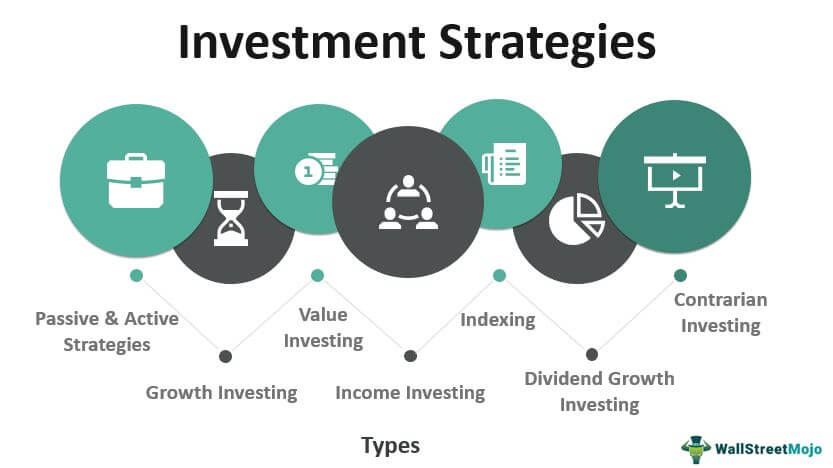Investing can be a great way to build wealth over time, but it can also be risky if not done correctly. The key to successful investing is to have a solid strategy in place that balances risk and reward, while also taking into account your personal financial goals and circumstances. In this article, we’ll take a look at some popular investing strategies that can help you maximize your returns and minimize your risks.
- Buy and Hold Strategy
The buy and hold strategy is one of the most popular and straightforward investing strategies. It involves buying stocks or other assets with the intention of holding onto them for an extended period of time, typically five years or more. This strategy is based on the idea that over the long term, the stock market tends to go up, and that it’s best to avoid the volatility and transaction costs associated with frequent buying and selling.
- Value Investing Strategy
Value investing is another popular strategy that involves looking for stocks or other assets that are undervalued by the market. This strategy is based on the belief that the market sometimes misprices assets, leading to opportunities for savvy investors to buy low and sell high. Value investors typically look for companies with strong fundamentals, such as solid earnings and low debt, that are trading at a discount compared to their true value.
- Growth Investing Strategy
Growth investing is a strategy that involves investing in companies that are expected to experience above-average growth in the future. This strategy is based on the idea that companies with strong growth potential are likely to see their stock prices rise as their earnings and revenues increase. Growth investors typically look for companies in emerging industries or those with disruptive technologies that have the potential to change the market.
- Index Fund Investing Strategy
Index fund investing is a strategy that involves investing in a portfolio of stocks or other assets that track a specific market index, such as the S&P 500. This strategy is based on the idea that it’s difficult to consistently beat the market, so the next best thing is to simply match it. Index funds typically have low fees and are highly diversified, providing exposure to a wide range of stocks and other assets.
- Dollar-Cost Averaging Strategy
Dollar-cost averaging is a strategy that involves investing a fixed amount of money at regular intervals, regardless of the market’s ups and downs. This strategy is based on the idea that over time, the cost of investing will average out, and that investing regularly can help you avoid the temptation to try to time the market. Dollar-cost averaging is a good strategy for beginner investors or those who want to invest a set amount each month without worrying about market fluctuations.
In conclusion, there are many different investing strategies out there, each with its own advantages and disadvantages. The key is to find a strategy that aligns with your personal financial goals and risk tolerance, and to stick with it over the long term. By doing so, you can maximize your returns and minimize your risks, and achieve your financial goals over time.

